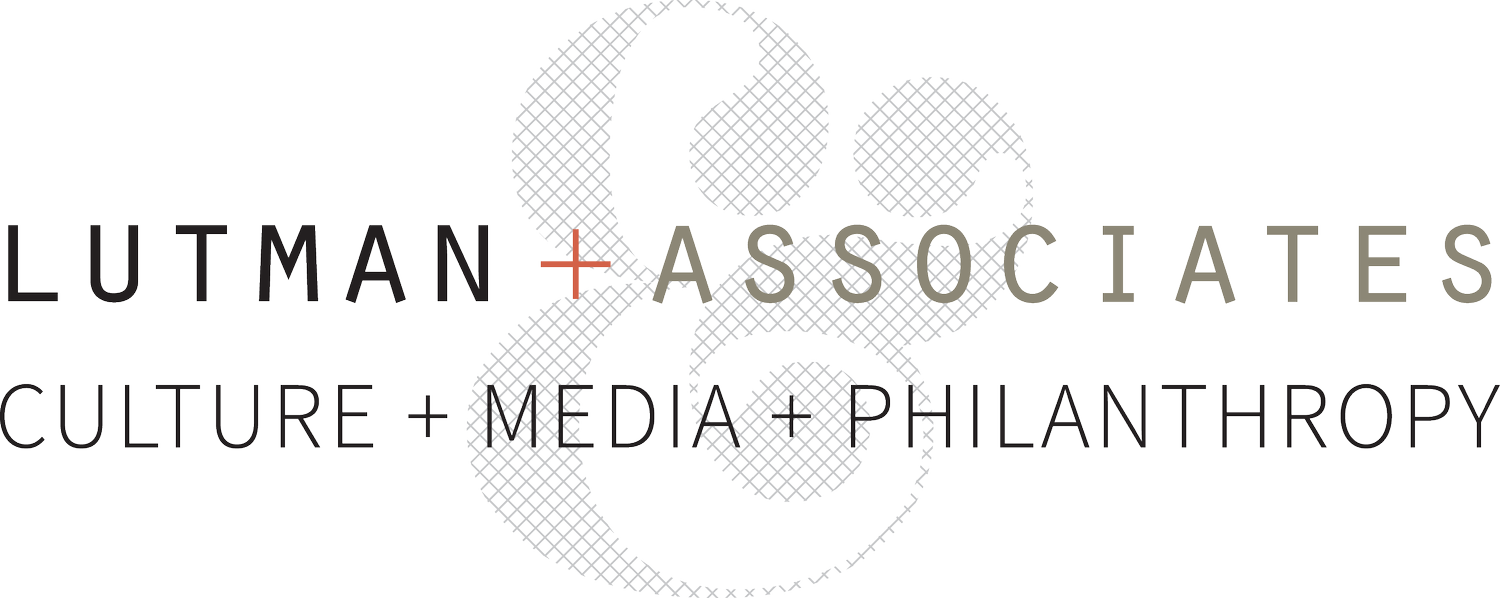Originally published in Twin Cities Business Magazine, April 2015 issue
People describe Sondra Samuels as a force of nature. She’s the visionary president and CEO of NAZ—the Northside Achievement Zone. NAZ has a straightforward but challenging mission: to end multi- generational poverty in North Minneapolis using education as the lever. NAZ is working to create a culture of achievement among families on the North Side, with the goal that all students in the zone will graduate from high school, college-ready.
By working within a designated 255-block neighborhood that has one of the state’s largest concentrations of poverty and lowest measures of success for youth achievement and opportunity, NAZ aims to lift the entire area economically.
Here’s the good news: It was named nonprofit of the year for 2015 by the Minneapolis Regional Chamber, in no small measure because NAZ’s 2014 annual report shows the organization’s efforts are working for the children and families involved. That’s because Samuels, whose husband is Minneapolis school board member Don Samuels, has enrolled an entire community of collaborators in the work.
What does NAZ do, exactly? The organization’s philosophy is that all parents want the best for their children and that community organizations can help actualize that desire if parents have partners providing consistent and coordinated support. Starting with the assumption that all parents want their children—NAZ calls them “scholars”—to go to college, NAZ works through “connectors” who can provide coaching, connections and coordination of resources that families need to succeed. Connectors come from the North Side or similar circumstances, and help families enroll in NAZ. They stay connected with that family until the child or children graduate from high school. Connectors help parents create achievement plans and work with NAZ “navigators” at schools and community organizations to help families reach their goals.
NAZ acts as convener and clearinghouse to provide families with everything from mentoring, parent education, quality day care, after-school programs, academic tutoring, physical and mental health counseling, and housing, job training, and career and financial planning services. NAZ’s roster of coordinated service providers includes child care centers, neighborhood schools and health care providers, as well as a long list of nonprofits such as Boys and Girls Clubs, Big Brothers Big Sisters, College Possible, Project Success and dozens of others that have agreed to coordinate services and share data.
NAZ monitors the effectiveness of the services, sharing results data among its collaborators and developing data on best practices. The “NAZ Seal of Effectiveness” is a results- and evidence-based measure of how well programs are working. The entire NAZ collaborative is focused on specific, measurable results for its scholars, families and the entire zone, all leading to college readiness.
In 2014, NAZ had 740 families enrolled and served a total of 1,735 scholars. The goal is to reach the entire youth population of the zone, some 3,000 children and 1,200 families. Data show that youth enrolled in NAZ have consistently higher results for kindergarten readiness and third-grade reading scores than does the zone at large. The longer children are enrolled in NAZ, the greater the difference. For example, youth enrolled in NAZ for 18 months are scoring even higher in third-grade math and reading than youth enrolled for six months. (NAZ’s complete results report is on their website: northsideachievement.org.)
Samuels cites two sources of inspiration for NAZ, which was founded in 2003 and had, in her words, “a significant reboot” in 2008. First is the documented success of the Harlem Children’s Zone (HCZ), formed in 1970, which in 2014 served more than 13,000 Harlem youth from infancy to age 23. HCZ focused first on a single city block; its geography now encompasses 97 blocks. Last year, 100 percent of children in Harlem Gems, HCZ’s pre-kindergarten program, were tested as “ready for kindergarten.” A whopping 95 percent of HCZ youth were accepted to college in 2013, receiving over $20 million in scholarship support.
The second inspiration is Mark Friedman’s 2009 book, Trying Hard Is Not Good Enough, which Samuels recommends as a good introduction to the “results-based accountability” that’s needed for adults to change outcomes for vulnerable children. “What we have at NAZ,” she says, “is adult-based outcome accountability. We have formed deep relationships between people and among groups involved, and we are responsible to each other for outcomes and accountable to each other for results.”
Pessimism often permeates conversations about changing academic outcomes for poor urban children; blame is assigned to schools, service organizations, parents or the youth themselves. Yet Samuels won’t settle for anything short of success. “I don’t care where the child is from,” Samuels says, “we can have objective and positive conversations about what’s needed for that child to succeed. And they can succeed.”
A Wilder Foundation study recently calculated the return on every $1 investment in NAZ as $6.18 in “societal gain” through increased lifetime earnings and higher tax revenues, health care cost savings, and savings in the criminal justice system and public assistance payments. That’s a return we can all afford to invest in.
